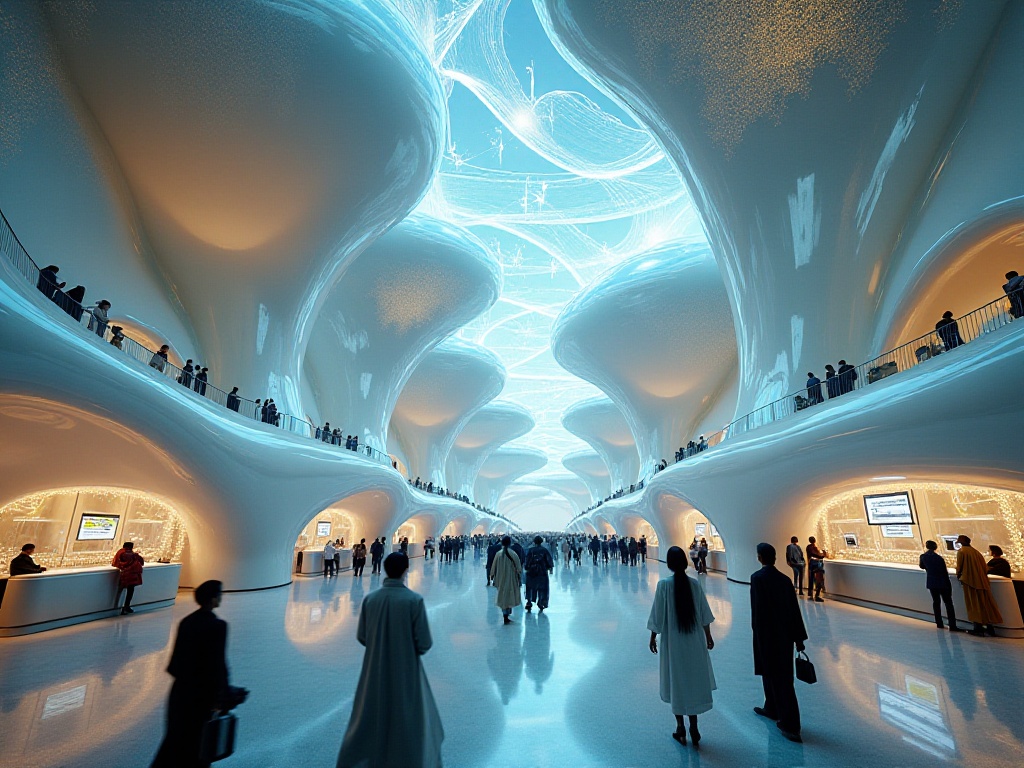As someone who was once new to visa applications, I truly understand how you feel right now! When I first applied for a U.S. visa, I was also anxious, constantly searching for tips on Xiaohongshu and Bilibili. Now, as an experienced traveler with visas from dozens of countries, I can say that getting a U.S. visa isn't as scary as it seems.
To be honest, when I first saw the U.S. visa application process, I was intimidated. All those technical terms were overwhelming, and the DS-160 form drove me crazy. However, I later realized that once you understand the basic concepts, everything becomes simple. It's like playing a game - once you understand the rules, the rest is just practice.
Let's talk about what a tourist visa is. Think of it as a pass, similar to an amusement park ticket. The U.S. government uses this "ticket" to confirm: "Hey, this person seems reliable, welcome to visit, just remember to follow our rules!"
When it comes to B1 and B2 visas, I was also confused at first. Now I realize it's quite simple: B1 is for business, perfect for those attending meetings or doing business in the U.S.; B2 is for tourism, ideal for those visiting or seeing family; and B1/B2 is more flexible, allowing both purposes. It's like double-sided tape - you can use it for photo albums or posters, super convenient.
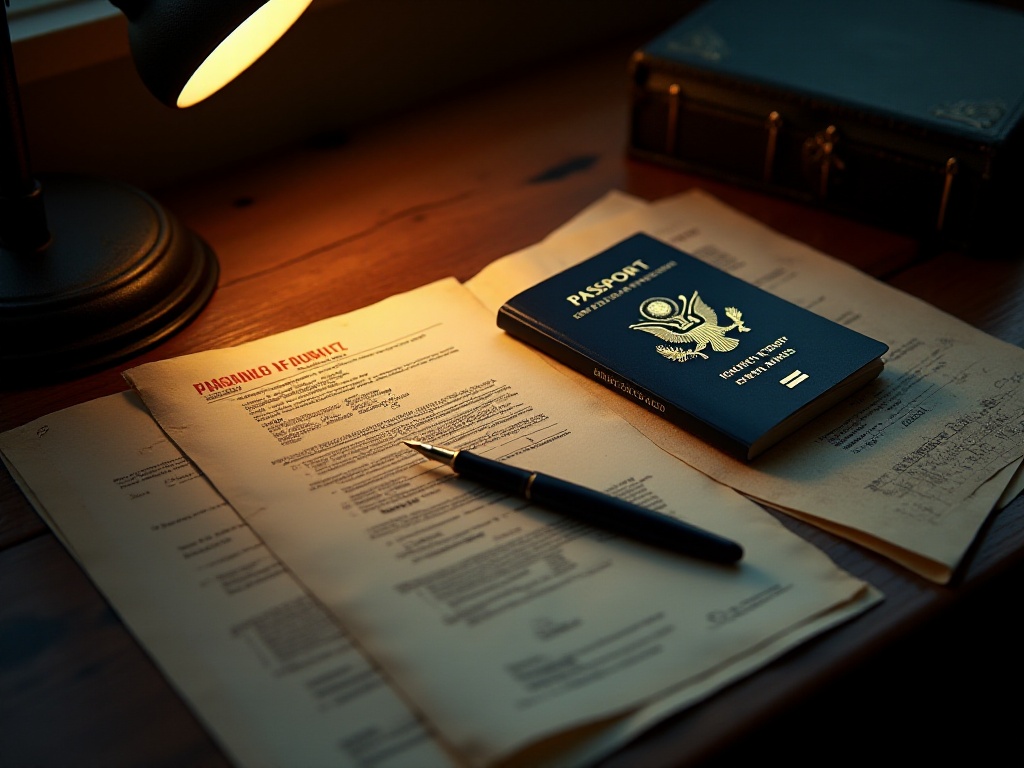
Honestly, when preparing U.S. visa materials, authenticity is key. I've seen too many people try to embellish their applications, which backfires. Think about it - visa officers see hundreds of people daily and can spot fake stories instantly. So, instead of making up stories, it's better to present your authentic self.
The materials needed for a 2024 U.S. visa application are straightforward. First is the DS-160 form, which is like a detailed self-introduction that needs careful completion. Then there's your passport, which must be valid for at least six months. Photo requirements are strict, so it's best to use a professional photography studio. The interview fee is now $160, and you should keep the receipt safe.
Currently, interview wait times at all consulates are very long, sometimes over six months. I suggest planning ahead - if you want to visit the U.S. in summer, start preparing materials at the beginning of the year. I once missed my ideal travel time because I didn't pay attention to the scheduling timeline, which I still regret.
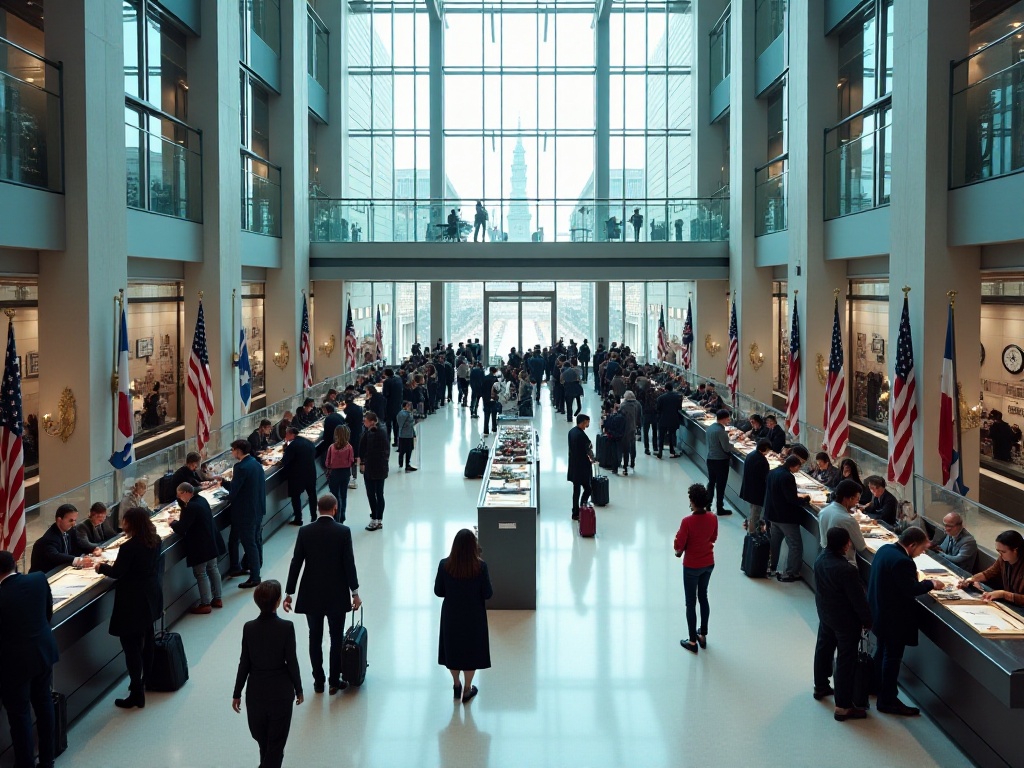
The interview is definitely the most nerve-wracking part of the entire application process! Before my first interview, I couldn't sleep the night before, constantly thinking about possible questions. However, I later found out there's no need to be so nervous. According to 2024 statistics, the global U.S. visa approval rate is around 80%, and with proper preparation, your chances of success are quite high.
I remember once at the Guangzhou consulate, the girl in front of me was shaking with nervousness. Actually, visa officers are more concerned about your basic situation: What's your job? Is your income stable? Why are you visiting the U.S.? How long will you stay? Just answer these questions truthfully. They mainly want to confirm you have stable employment and financial means, and sufficient reasons to return home after your visa expires.
During the interview, maintaining a natural smile is important. You don't need to be overly serious, but don't be too relaxed either. I've observed many successful cases where people approached the interview with a calm attitude, neither too nervous nor too casual.
Visa officers usually ask questions in English, but don't worry if your English isn't perfect. They can understand basic Chinese, and you can request to communicate in Chinese if necessary. The key is to clearly express your intentions - language is just a tool.
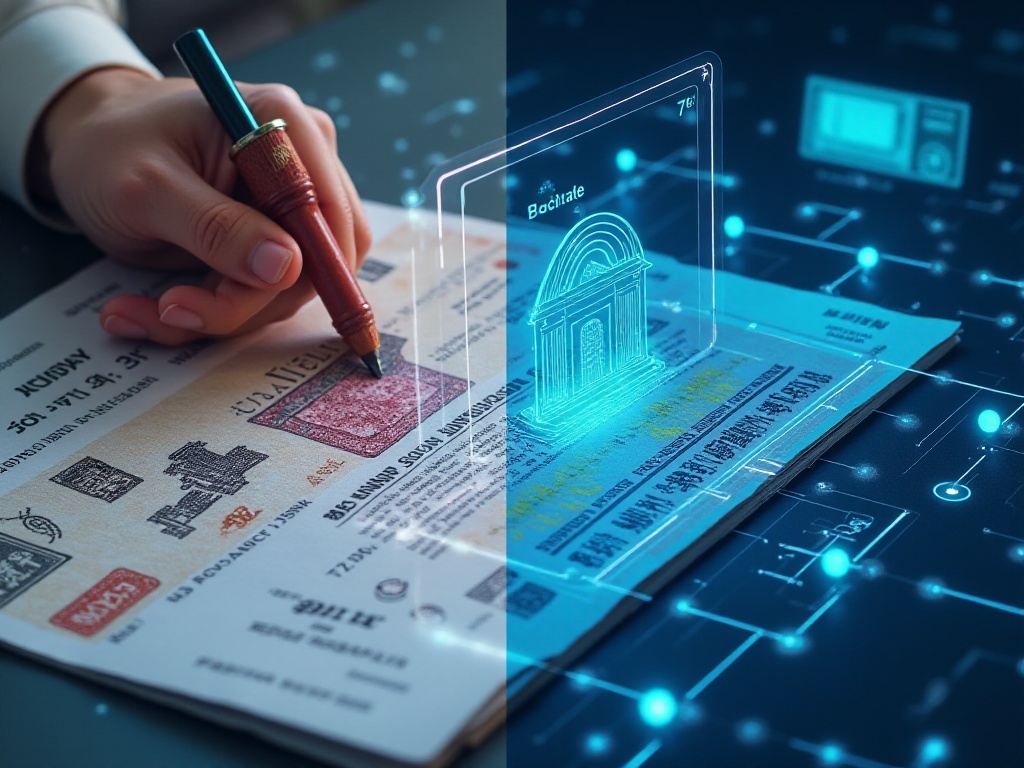
Many people think having money guarantees a visa, but this isn't true. According to U.S. State Department data from 2023, over 15% of applications were rejected because applicants couldn't prove sufficient social ties. What are social ties? Simply put, they're your connections to your home country, like stable employment, property ownership, and family relationships.
I know someone who was very wealthy, with seven-figure bank deposits, but still got rejected. Why? Because they had no fixed job and couldn't explain their travel plans clearly. So, money alone isn't enough - the key is proving you have reasons to return home.
Another common misconception is thinking you can work in the U.S. with a tourist visa. This is extremely dangerous! Tourist visas absolutely do not permit any paid work in the U.S. If caught, you'll face immediate deportation and permanent visa rejection - it's not worth the risk.
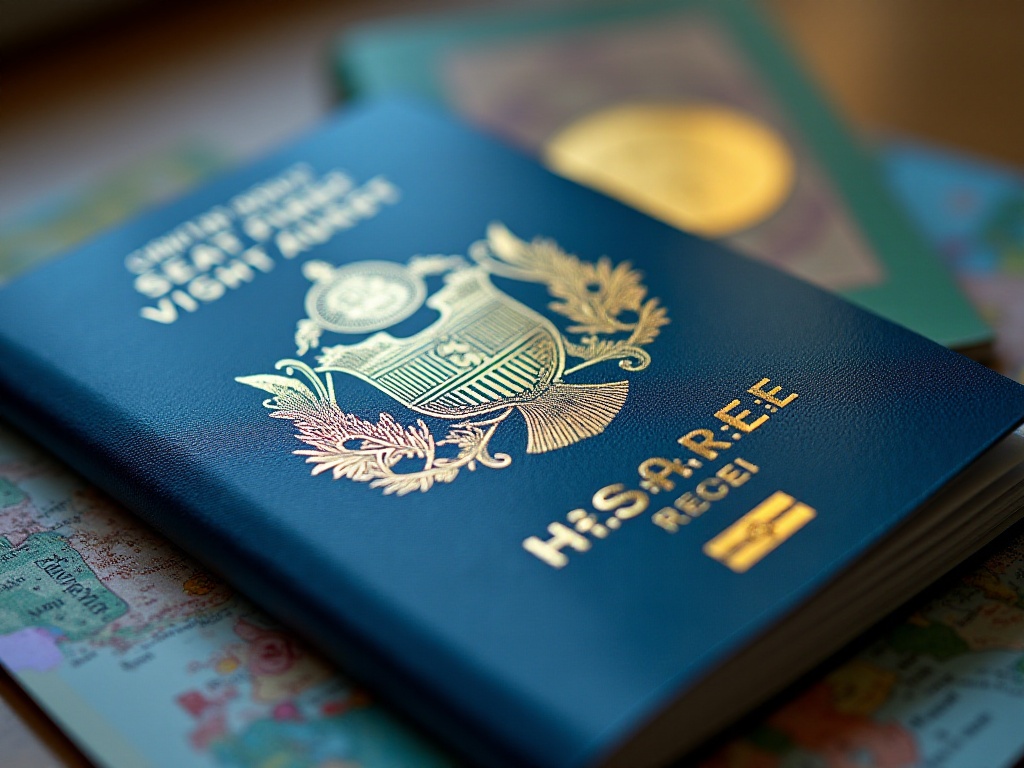
Through years of application experience, I've gathered some useful tips. First, prepare materials logically. For example, if you're visiting the U.S. for tourism, at least have a rough itinerary. It doesn't need to be extremely detailed, but you should be able to explain which places you plan to visit and what you plan to do.
I had a friend who was rejected because they hadn't prepared any itinerary and couldn't answer when asked about their travel plans. So, even a preliminary plan is necessary to show you're serious about your preparation.
My second suggestion is to answer questions concisely. During my first interview, when the visa officer asked about my job, I talked too much, and they clearly became impatient. Later I learned they prefer direct answers, like "I'm a software engineer and have worked at XX company for 3 years" - that's enough.
Dress code is important but doesn't need to be too formal. I suggest business casual attire that looks neat and clean. Men can wear a shirt with casual pants, women can wear a simple dress or professional outfit - the key is looking tidy and appropriate.

When it comes to sharing experiences, I have so much to say. I remember being so naive during my first U.S. visa application. When the visa officer asked about my hobbies, I rambled on about everything from reading to travel, photography to food, for two whole minutes. The officer interrupted me and moved to the next question. Later I understood they prefer brief, direct answers because they interview many people daily and time is precious.
Another time, I accompanied a friend to their interview and saw someone in front fumbling through a thick stack of documents when asked for their passport. It was quite awkward. So I recommend organizing your materials well, keeping important documents easily accessible.
Now whenever friends apply for visas, I suggest they think from the visa officer's perspective. If you were the officer, what would concern you most? It's basically whether the person has stable work and income, sufficient reasons to return home, and reasonable travel purposes. Preparing materials and answers from these angles makes things much more effective.
I often remind people to maintain eye contact during interviews. Don't look around or stare at the ground. Appropriate eye contact conveys confidence and honesty. But don't stare continuously at the visa officer - that would be strange. Just be natural, like chatting with a friend.
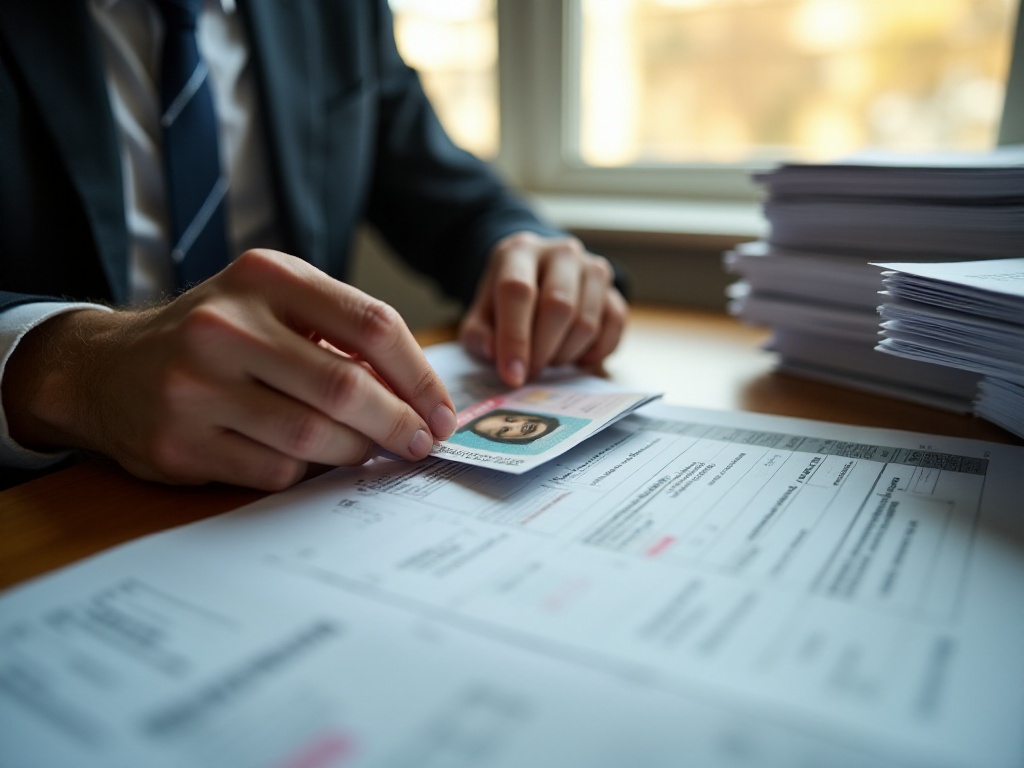
Through this detailed sharing, I hope to help clarify the main points of U.S. visa application. Although the process seems complex, success rates are high if you follow the steps properly. The most important thing is maintaining a balanced attitude - neither too nervous nor too casual.
Remember, getting a visa is just the beginning of your U.S. journey. More exciting experiences await, like seeing Times Square's neon lights in New York, walking across the Golden Gate Bridge in San Francisco, or watching sunset at the Grand Canyon. These are all moments worth looking forward to.
Finally, don't give up trying just because you're afraid of rejection. Many successful visa recipients simply prepared well and confidently presented their authentic selves. Stay honest, prepare thoroughly, and you'll likely get a satisfactory visa result too.
Do you have any specific visa questions? Feel free to leave comments. Next time we can discuss planning U.S. travel routes - getting the visa is just the start, the real adventure comes after. Trust me, when you're standing beneath the Statue of Liberty or watching the sunset at the Grand Canyon, you'll feel all this preparation was worth it.
 Previous
Previous
